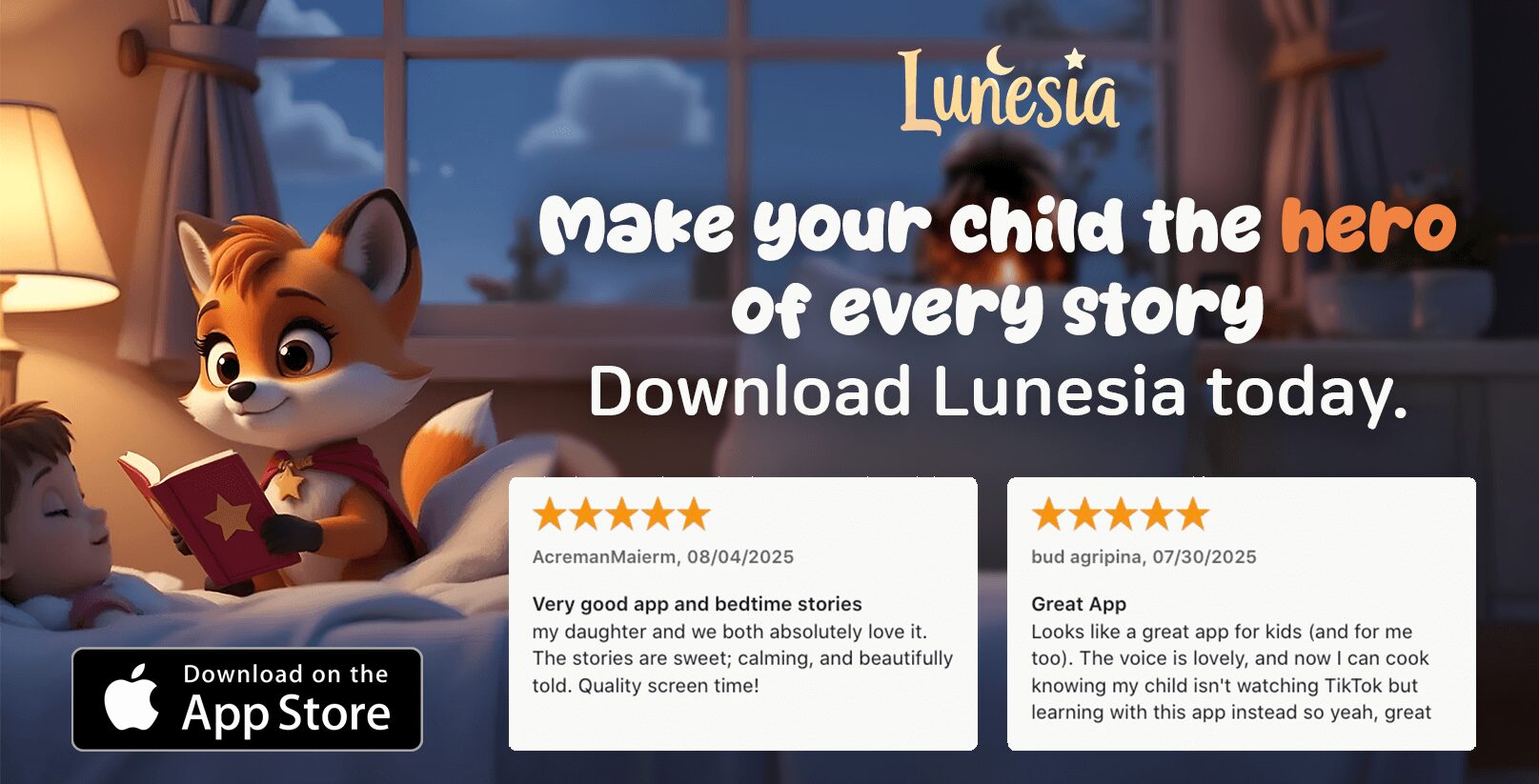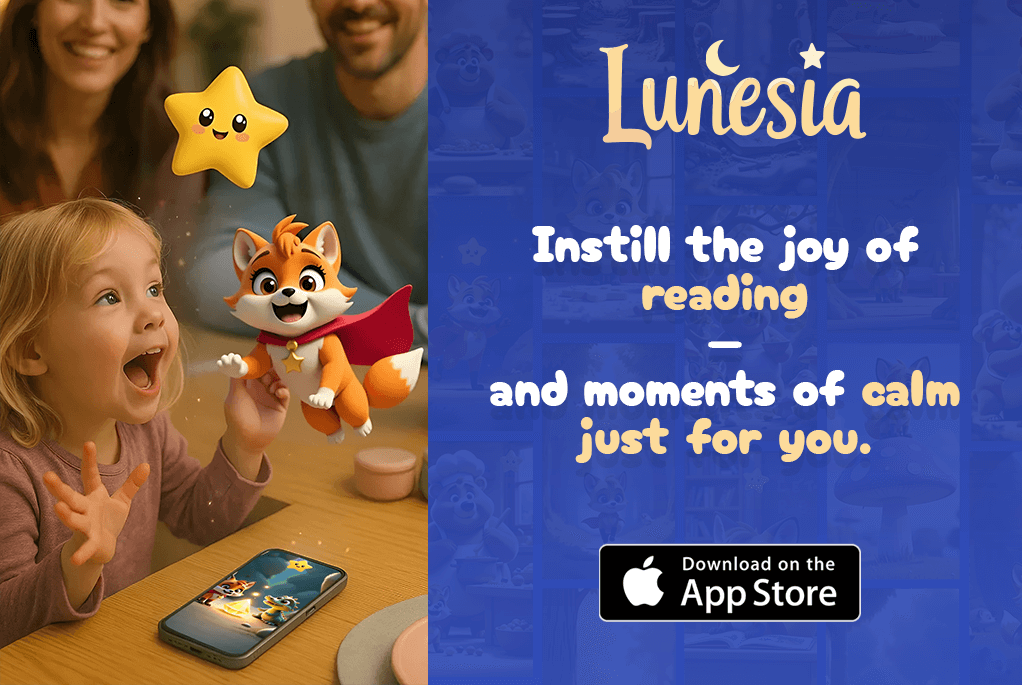As a parent, I remember feeling completely overwhelmed when I first started looking for tools to support my child’s learning. The app store felt like a digital jungle, filled with endless options. How do you know which ones are truly helpful and which are just flashy distractions?
Here’s something that surprised me: schools spend between $140 and $450 per student annually on edtech. And 87% of teachers use these tools for 1-5+ hours every day. Yet, many apps aren’t properly vetted for their educational value. Some are more about entertainment than actual learning.

That’s where this checklist comes in. Think of it as a learning nutrition label for apps. You don’t need a teaching degree to spot quality. Together, we’ll make sure your child’s digital playground is safe and enriching.
Why It’s Important to Evaluate Educational Apps
Navigating the sea of digital tools for kids’ learning can be both exciting and overwhelming. With so many options, it’s easy to feel lost. But here’s the thing: not all tools are designed with your child’s best interests in mind. Some are more about flashy graphics than actual skill-building.
Imagine this: would you let your child eat mystery snacks without checking the ingredients? Probably not. The same logic applies to digital tools. You want to ensure they’re safe, effective, and aligned with your child’s needs.
The Role of Educational Apps in Learning
Digital tools can be powerful allies in a student’s learning journey. They can make complex concepts easier to understand and provide interactive ways to practice skills. For example, a well-designed math app can turn abstract problems into engaging challenges.
However, not all tools are created equal. Some focus on active, meaningful learning, while others encourage passive scrolling. The 4 Pillars of Learning framework highlights the importance of tools that are active, engaged, meaningful, and socially interactive. These are the ones that truly make a difference.
Challenges Parents Face in Choosing the Right Apps
Choosing the right tools isn’t always straightforward. One major challenge is privacy. A 2022 report revealed that 72% of apps share student data without consent. That’s a red flag for any parent.
Another issue is diversity. The Kidmap framework evaluates whether tools reflect diverse creator backgrounds and cultural representation. Hidden biases can affect how students perceive themselves and others.
Finally, there’s the challenge of generational tech gaps. As the first parents raising digital natives, we’re learning alongside our kids. It’s essential to stay informed and make thoughtful choices. For more insights on this, check out this resource.
Key Criteria to Evaluate Educational Apps
Finding the right digital resources for your child’s learning journey can feel like solving a puzzle. With so many options, it’s essential to know what makes a tool truly effective. Here are the key criteria to help you make informed choices.
Content Quality and Educational Value
Not all tools are designed to build skills. Some focus on flashy graphics, while others prioritize meaningful learning. Look for resources that align with your child’s student needs and offer clear, structured content.
For example, a math tool should turn abstract problems into engaging challenges. Avoid “Frankenstein apps” with mismatched age ratings and content. These can confuse rather than educate.

Safety and Privacy Considerations
Privacy is a top concern. A 2022 report found that 72% of tools share student data without consent. Always check for safety features, like padlock icons, similar to online banking.
Look for tools with clear privacy dashboards. These ensure your child’s data is protected. Safety should never be compromised for convenience.
User Engagement and Accessibility
Engagement is key to effective learning. Tools should be interactive and adaptive, growing with your child like adjustable bike seats. The ISTE Seal ensures strict accessibility standards, making tools usable for all learners.
For instance, a good tool should offer certificates or rewards to motivate students. This keeps them engaged and encourages progress.
Customization and Feedback Features
Every child learns differently. Tools with customization options allow you to tailor the experience to your child’s needs. Tony Vincent’s rubric highlights the importance of specific feedback, which helps students understand their progress.
For example, some tools let students print multiplication certificates. This adds a tangible element to their achievements, making learning more rewarding.
A Parent’s Checklist for Evaluating Educational Apps
When it comes to picking the right tools for your child’s learning, having a clear checklist can make all the difference. This guide will walk you through the essential steps to ensure you’re choosing tools that are safe, effective, and tailored to your child’s needs.
Step 1: Assess the App’s Educational Purpose
Start by asking, “Would this exist without screens?” For example, digital flashcards are helpful, but 3D anatomy tours offer a unique learning experience. Look for tools that align with your child’s student needs and provide meaningful content.
Palm Beach County’s 18-point checklist is a great resource for identifying tools with a clear purpose. Avoid those that feel like entertainment rather than learning.
Step 2: Check for Safety and Privacy Features
Safety is non-negotiable. Teach yourself COPPA compliance checks and learn how to request data deletion if needed. A 2022 report found that 72% of tools share student data without consent.
Look for tools with clear privacy dashboards. These ensure your child’s data is protected. Safety should never be compromised for convenience.
Step 3: Evaluate User Experience and Accessibility
Engagement is key. Tools should be interactive and adaptive, growing with your child like adjustable bike seats. Test accessibility features like VoiceOver—if it works with eyes closed, it’s accessible!
The ISTE Seal ensures strict accessibility standards, making tools usable for all learners. For example, top story apps for kids often include calming audio and narration, which can enhance the experience.
Step 4: Look for Customization and Feedback Options
Every child learns differently. Tools with customization options allow you to tailor the experience to your child’s needs. Tony Vincent’s rubrics highlight the importance of specific feedback, which helps students understand their progress.
For example, Prodigy Math’s adaptive difficulty adjusts to your child’s skill level, making learning more effective. Tools like these ensure your child stays engaged and motivated.
“The best tools are those that grow with your child, offering both challenge and support.”
| Step | Key Actions |
|---|---|
| Step 1 | Assess the tool’s educational purpose |
| Step 2 | Check for safety and privacy features |
| Step 3 | Evaluate user experience and accessibility |
| Step 4 | Look for customization and feedback options |
Bonus Tip: Use your phone’s Screen Time feature to track actual vs. claimed usage. This helps you see if the tool is truly engaging or just a distraction.
Conclusion
Choosing the right tools for your child’s learning doesn’t have to be overwhelming—it’s about quality, not quantity. Think of it like curating a library: every addition should have a purpose and add value. I remember how one app finally made fractions click for my child, and it was worth every moment of research.
You’re not anti-tech—you’re pro-learning! Start a parent review group in your community to share insights and discoveries. Trusted resources like Johns Hopkins’ Evidence for ESSA database and the ISTE EdTech Index can guide your decisions.
With this checklist, you’re now the app store’s toughest critic. Ready to take the next step? Download our interactive checklist tonight and transform your child’s digital experience!
FAQ
Why should I assess learning tools before letting my child use them?
It’s crucial to ensure the tool aligns with your child’s needs, offers high-quality content, and maintains safety standards. This helps maximize their learning experience while protecting their privacy.
What makes a great resource for students?
A great resource combines engaging content, clear educational goals, and accessibility. It should also provide customization options and feedback to support individual learning styles.
How can I check if a tool is safe for my child?
Look for features like secure login, data encryption, and clear privacy policies. Tools like Common Sense Media offer reviews on safety and age-appropriateness.
What should I consider about the user experience?
Ensure the interface is intuitive and easy to navigate. It should also be accessible for all learners, including those with disabilities, and work well on various devices.
Are there tools to help me choose the right learning app?
Yes! Platforms like Tony Vincent’s rubrics and EdSurge provide detailed checklists and reviews to guide your decision-making process.
How do I know if the content is age-appropriate?
Check the recommended age range and read reviews from other parents or educators. Look for tools that align with your child’s grade level and learning needs.
Can I test a tool before committing to it?
Many platforms offer free trials or demo versions. This allows you to explore the features and see if it’s a good fit for your child’s learning journey.



